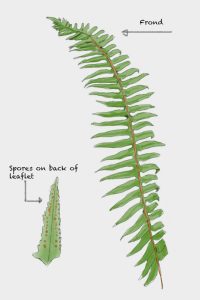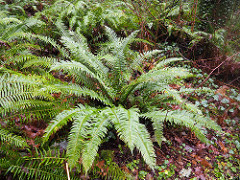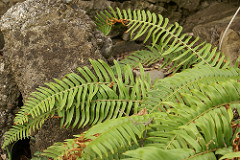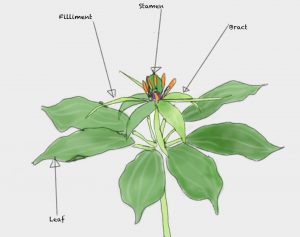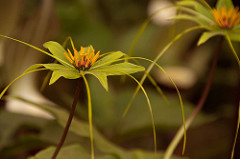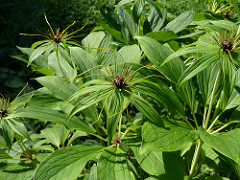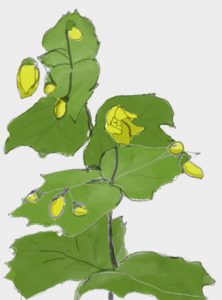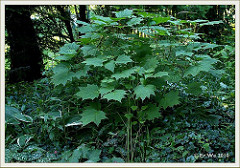 Echinacea purpurea, purple coneflower
Echinacea purpurea, purple coneflower
Family: Asteraceae
Description:
This member of the aster family has recognizable blooms of soft, purple or pink ray petals extending from a central cluster of orange composite flowers. Flowers are in bloom for several months, after which the central head will persist until the flower dies in winter. Echinacea purpurea takes 1-2 years to grow 40 cm across, expanding laterally. Typically it will start to decline in the second or third year of growth. It is a self-seeder, making for a predictable return each year.
Growing conditions:
Echinacea purpurea requires dry, well-drained soil and cannot tolerate shade or excess moisture.
Suitable uses:
This is an ideal plant for hot, dry location. It is low maintenance and drought tolerant, allowing for flowering interest in an institutional setting. It is useful for attracting bees and butterflies as well as provides food over winter for small birds, if seed heads are not removed.
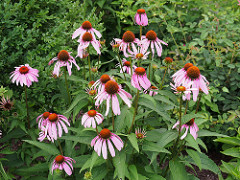
CC Image courtesy of F. D. Richards on Flickr

CC Image courtesy of john shortland on Flickr

